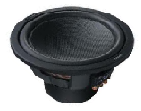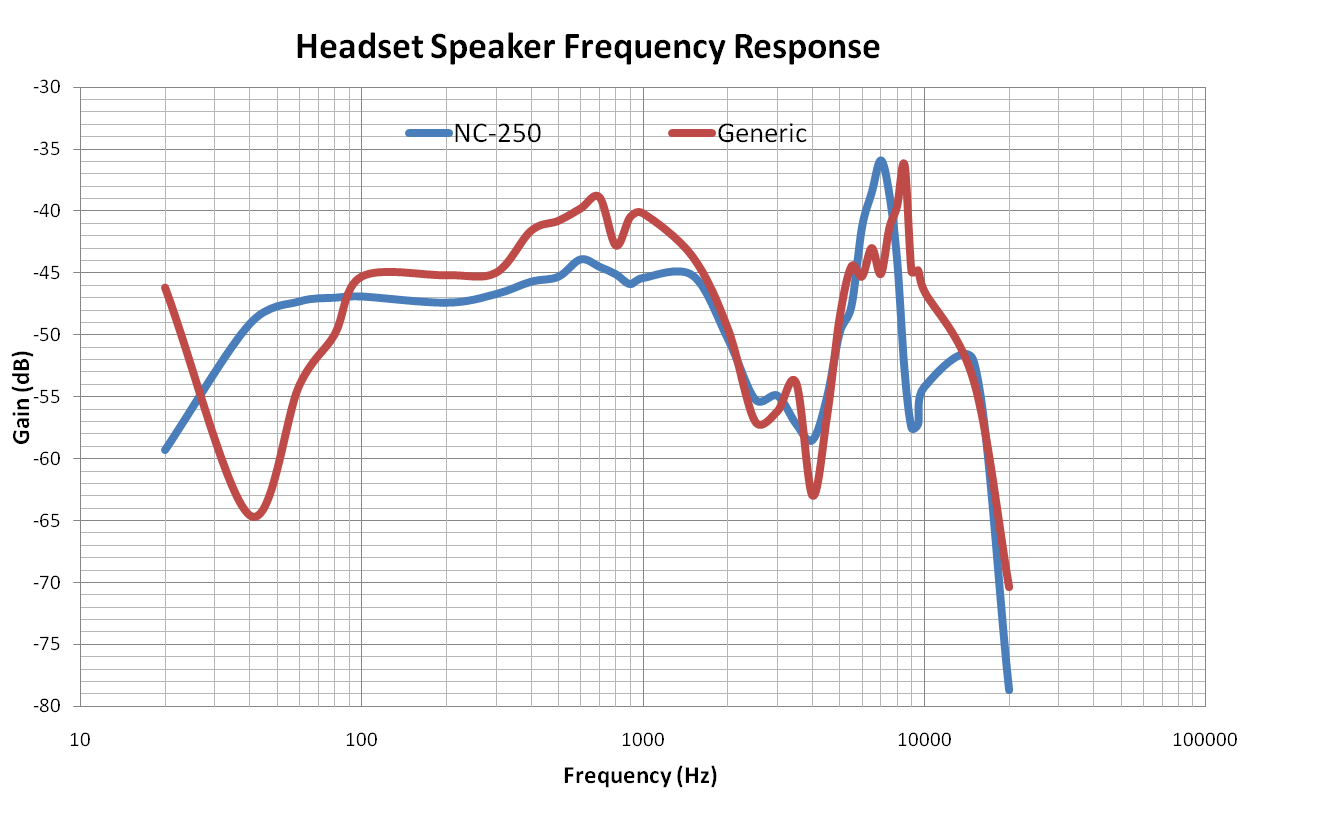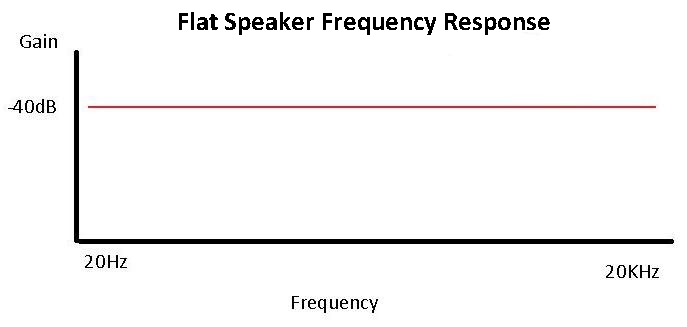What is Speaker Frequency Response?

Speaker Frequency Response is the gain, or level of sound, that a speaker is able to produce in response to all the various frequencies in a given bandwidth.
So, for example, a speaker may be tested for its frequency response for the bandwidth of 20Hz to 20KHz to see what sound level it outputs at each frequency. A speaker may have a flat response in which it produces roughly the same sound level at each frequency, or a speaker have may a remarkable difference in the gains it produces for low, mid, and high frequencies. A speaker may produce great sound output for bass but low sound output for treble. If a speaker is going to be used to play back speech, it must have great gain for bass, since human voice is in the low frequencies. If a speaker is going to be used to play music, it must have great gain for bass and treble, since music normally has all the tones from lows to highs. This is why speaker frequency response is run.
Below is an example graph of the Speaker Frequency Response of two headsets.

From the graphs, we can see which speakers have better responses at all the various frequencies within the 20Hz-20KHz bandwidth. The Generic Headset, the red line, has stronger sound output from 10Hz-20Hz, 90Hz-2KHz, and from about 9KHz-15KHz. The NC-250 Headsets, the blue line, gives out stronger sound output from 20Hz-90Hz and from about 6KHz-8KHz. So, overall, the Generic Headset, plays mids stronger, while the NC-250 Headset plays stronger bass. Speaker frequency responses are valuable to know how a speaker will play out sound.
The speaker frequency responses above give out drastically different levels of sound for bass, mids, and treble. While this may be fine for some applications, what is most desirable is that speakers give out the same sound level for all the frequencies. This way, one set of frequencies isn't louder than the other. Otherwise, there would be imbalanced sound output where, for instance, bass may be louder than treble or mids are higher than bass. Below is a graph of a flat speaker frequency response:

Normally a flat response like this in real life is not possible, since a speaker will always play back some frequencies with higher or lower gain than other frequencies. But this proves a point. Normally, the flatter the response of the speaker, the better, because the more evenly it plays back sound of all frequencies.
Related Resources
What is Speaker Impedance?
What is Speaker Power Rating?